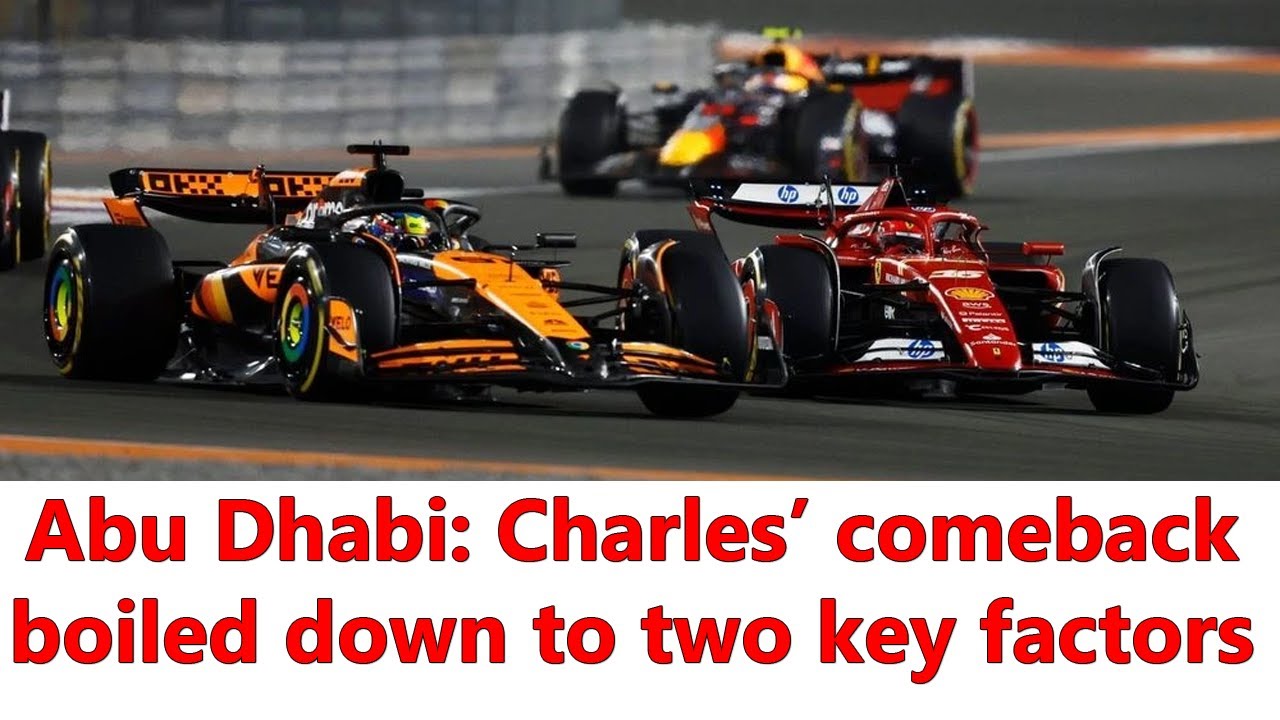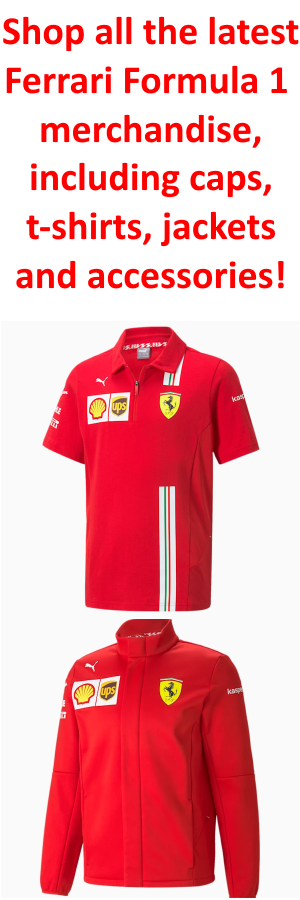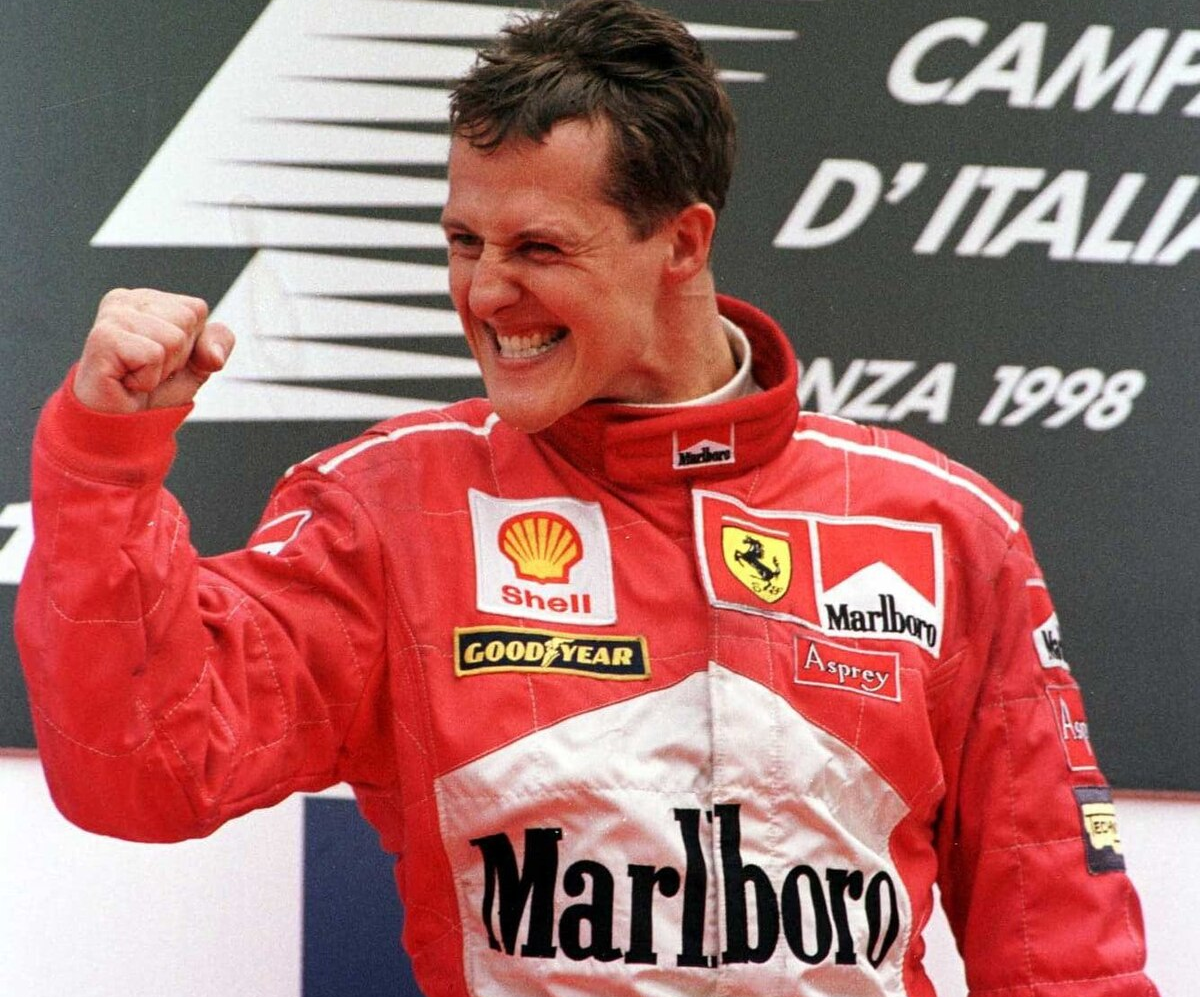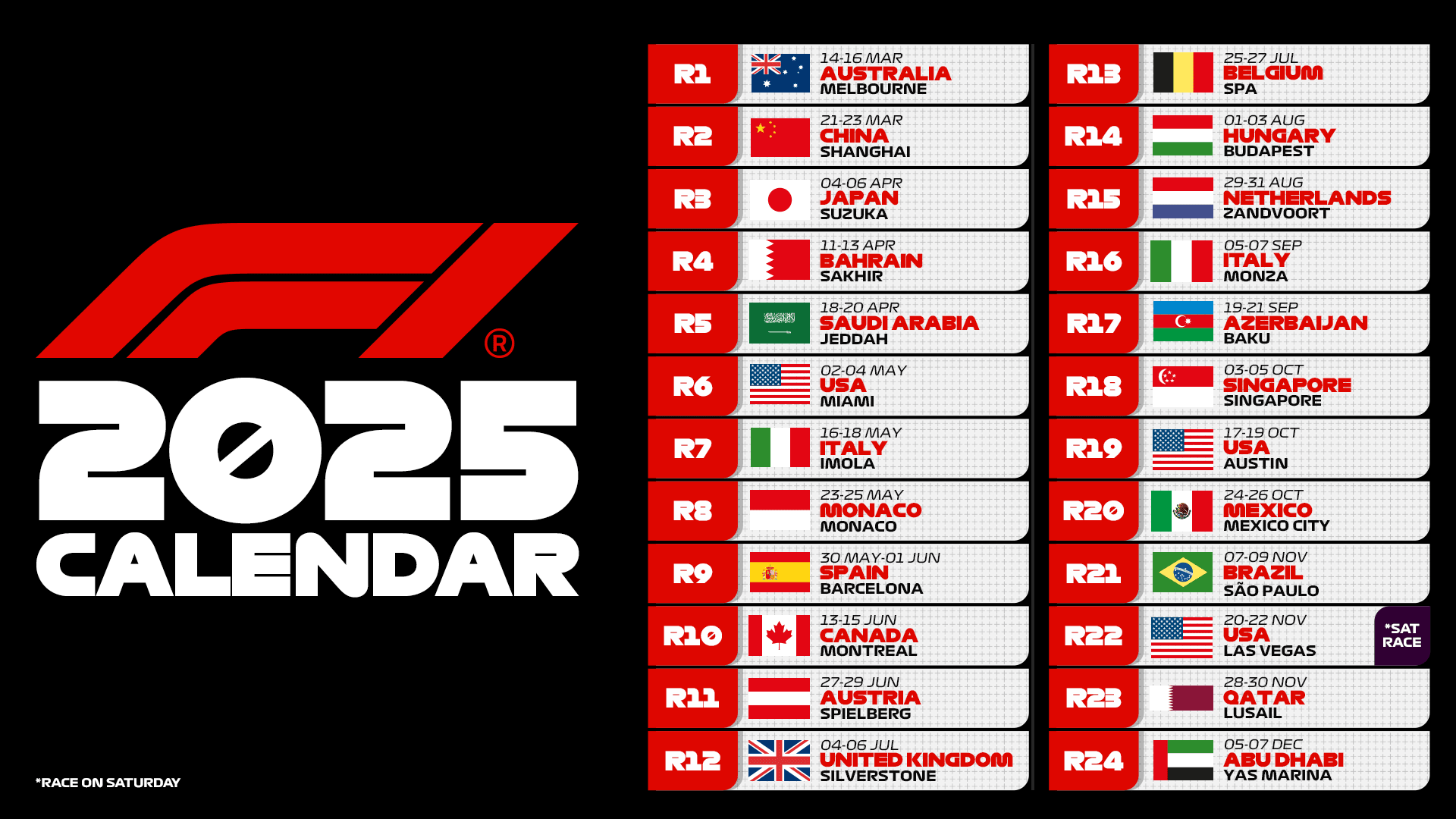The eve of the Abu Dhabi Grand Prix in the Ferrari camp began with the motto of believing and pushing until the end to avoid any regrets. The constructors’ title did not go to Maranello, but in this decisive weekend, the team left no stone unturned, even though the weekend became complicated before the practice sessions, due to the battery replacement on Charles Leclerc’s SF-24.
After the race, Ferrari team principal Frederic Vasseur explained that beyond performance concerns, the real issue prompting the replacement was the risk of a race retirement, something the Italian side clearly could not afford given the goal of keeping their championship hopes alive. Undoubtedly, the penalty was a bitter note to start the weekend, which was further complicated by Charles Leclerc’s lap time cancellation in Q2, effectively sending him to the back of the grid.
The night between Saturday and Sunday was full of deliberation, especially regarding whether to replace the Power Unit. In the end, they decided to stick with the unit already mounted on the car. This decision made sense, as the degradation of the internal combustion engine over its life cycle has been reduced, particularly since teams have focused more on reliability than pure power following the freeze.
What surprised most was the decision to start on medium tires, not only because there was always the risk that contact could further compromise the race but also because the hard tire potentially offered greater strategic flexibility in a race where there were still some doubts, despite the general intention to aim for a one-stop strategy. It’s no coincidence that teams kept a second set of hard tires as a backup.
It was an all-in on the start, and it paid off, realistically exceeding Ferrari’s best expectations. To understand why this was a bold choice and, above all, an attacking strategy, we need to go back twelve months to last year’s GP. Even then, limited tire degradation would have allowed for a one-stop strategy, but some teams’ early pit stops created a domino effect, shifting the race towards two stops.
This scenario re-emerged this year. Pirelli’s calculations suggested that a one-stop strategy should have been a few seconds faster than a two-stop, generally encouraging teams to aim for one stop while managing degradation. However, if last year’s situation repeated, the race could have shifted to two stops, which several teams considered at one point during the Grand Prix.
Thus, the hard tire could have been a cautious but logical choice. While it would not have offered exceptional grip at the start, it would have allowed for a longer stint, observing competitors’ strategies, and potentially capitalizing on a Safety Car at an opportune moment. This was Mercedes’ reasoning, whereas Ferrari immediately clarified their attacking strategy. If the start had not gone well, recovering with the same tires as the rivals would undoubtedly have required rethinking many aspects mid-race.
Show your support for Scuderia Ferrari with official merchandise collection! Click here to enter the F1 online Store and shop securely! And also get your F1 tickets for every race with VIP hospitality and unparalleled insider access. Click here for the best offers to support Charles and Lewis from the track!
Conversely, Ferrari’s gamble on an aggressive race paid off better than expected. Charles Leclerc’s brilliant first lap was aided by a bit of luck, with some favorable incidents, but his ability to extract the maximum, find space, believe in himself, and make a difference stood out. Rising to eighth position right away put the Monegasque in a position to potentially battle top-tier rivals on equal strategic footing at a point in the race when the winning tactic was still unclear.
Ultimately, the medium tire turned from a potential risk into one of the keys to the podium. Charles Leclerc continued to climb the standings, reaching fourth place, before facing the challenge of George Russell, who was slightly off form this weekend compared to other races after dedicating part of practice to experimental testing for the 2025 Formula 1 season.
Although Charles Leclerc had good pace, overtaking in Abu Dhabi is challenging, especially when entering dirty air, which increases tire sliding in the third sector. This led Ferrari to deliberate on their next move: after Mercedes didn’t take the bait on a feint aimed at pushing them into a pit stop, Ferrari decided to pull the trigger and call in Charles Leclerc.
At a time when other teams had already stopped, shifting the race towards two pit stops, Ferrari’s decision was not without doubts. The pit window was roughly the same as last year when the race shifted to two stops, making the risk of a repeat significant. If the hard tire held, Charles Leclerc would need to complete 38 laps on the same set. Additionally, stopping early risked encountering traffic from drivers like Pierre Gasly and Nico Hulkenberg, who had changed tires 5–6 laps earlier.
Stopping early was an aggressive yet calculated choice, as they also kept an eye on Lewis Hamilton, less than ten seconds behind and clearly on a one-stop strategy. Like the initial medium tire choice, this bold decision paid off, not only because the undercut worked but also because the race unfolded as Ferrari had hoped.
Looking at the first stint on hard tires, many doubted whether the hardest compound could last until the end, and there was speculation about the next pit window. When asked in code if he thought the tires could go the distance, even Charles Leclerc expressed doubts.
However, lap by lap, degradation proved manageable, shifting the race from a two-stop to a one-stop strategy, making Ferrari’s choice effective, especially against Lewis Hamilton.
Charles Leclerc’s comeback boiled down to two key factors: his ability to deliver a stunning first lap and maintain strong pace in key race moments, and Ferrari’s bold strategy. The Maranello team took risks in a Grand Prix where they aimed to seize their chances until the end, leaving no room for regret.
— see video above —













.png)

Leave a Reply